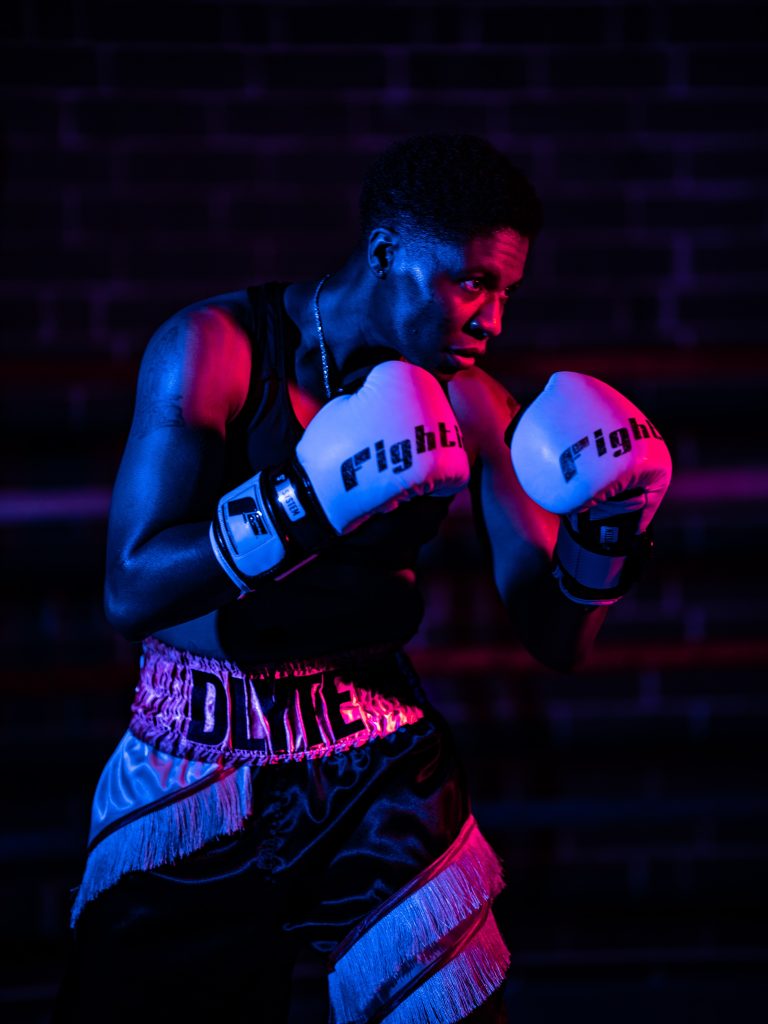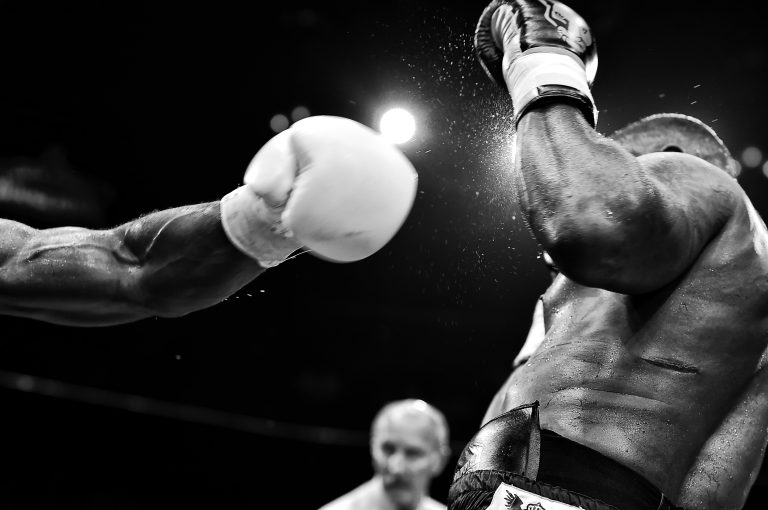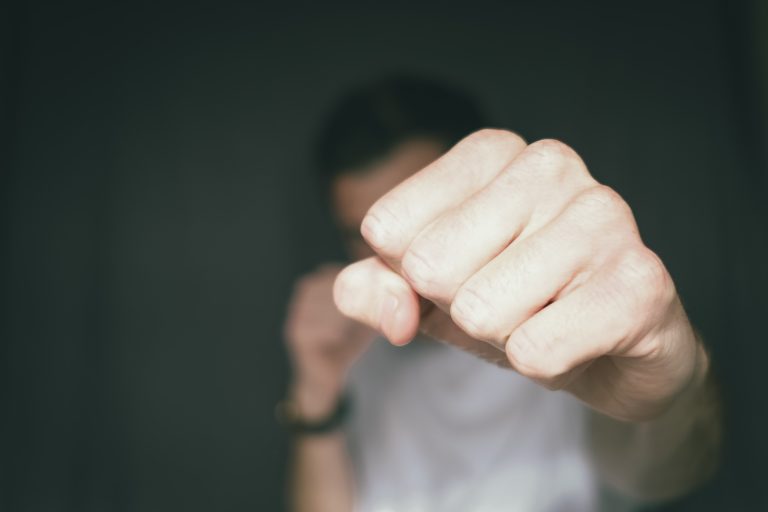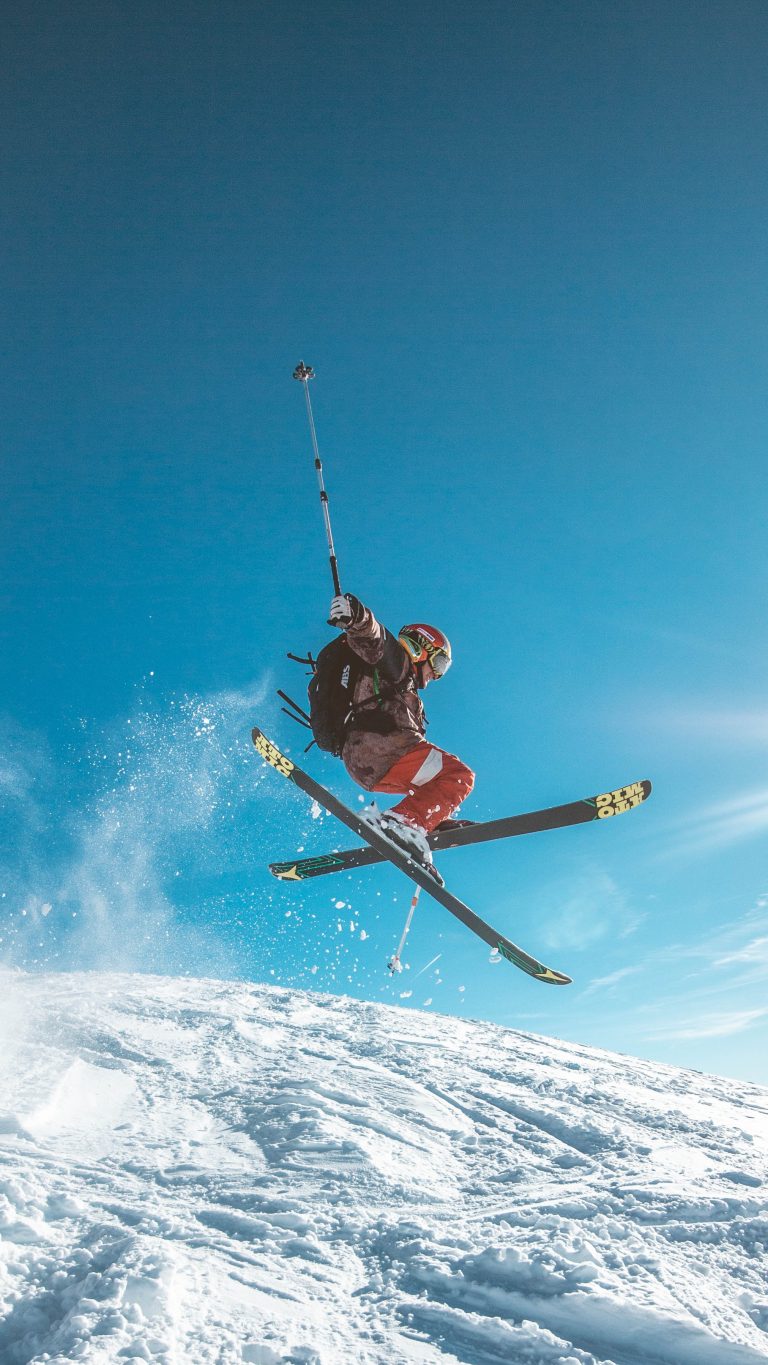The Importance of Correct Stances in Karate
Karate is a popular martial art that originated from Okinawa, Japan in the 19th century. It is known for its powerful strikes, kicks, and blocks that make up its complex fighting system. However, one of the fundamental aspects of karate that is often overlooked is its emphasis on stances. Correct stances form the foundation of all karate movements, and mastering them is crucial for any practitioner who wishes to excel in this martial art. In this blog post, we will discuss the primary importance of correct stances in karate.
Stability and Balance
The first and most important aspect of correct stances in karate is stability and balance. Karate stances are designed to provide a solid, stable base from which to launch attacks and defend against incoming strikes. Without a stable and balanced stance, your movements become uncoordinated and uncontrolled, which can lead to poor execution of techniques and leave you vulnerable to counter-attacks from your opponent.
Correct stances help to root your body to the ground, allowing you to generate more power and control during your movements. This is especially important when executing powerful strikes such as punches and kicks. By planting your feet firmly on the ground and using the correct stance, you can deliver powerful and effective techniques with greater force and precision.
Alignment
Another important aspect of correct stances in karate is alignment. Proper alignment ensures that your body is in the right position to execute techniques with maximum effectiveness. Karate techniques rely on the efficient transfer of energy from your core through your limbs to your opponent. This transfer of energy is greatly influenced by your stance.
Correct alignment helps to ensure that your body is properly positioned to generate and transfer energy during your techniques. Without proper alignment, your strikes and blocks may lack the necessary power and effectiveness, leaving you vulnerable to counter-attacks.
Muscle Development
Correct stances also help to develop and strengthen the muscles used in karate techniques. Stances such as the front stance or horse stance require you to maintain a low center of gravity for an extended period, which can be physically demanding. By maintaining correct stances over time, you can develop and strengthen the muscles used in karate techniques, leading to improved technique execution and overall physical conditioning.
Discipline
Finally, correct stances in karate are essential for developing discipline. Karate is a martial art that requires strict adherence to tradition and protocol. Correct stances are a fundamental aspect of these traditions, and by practicing them consistently, you develop discipline and attention to detail that is essential in mastering this martial art.
Practicing correct stances can be challenging, requiring focus and concentration to maintain the correct position. However, the discipline that comes with consistent practice of karate stances helps to develop the necessary mental fortitude and concentration needed to excel in this demanding martial art.
What are the most frequently asked questions about the importance of correct stances in Karate?
As a Karate practitioner, it is important to understand the significance of correct stances in training. Maintaining proper stances is not just about appearances or style. It is about proper weight distribution, balance, power, and technique, among other things. Here are some of the most frequently asked questions about the importance of correct stances in Karate.
1. Why do I need to have correct stances in Karate?
Correct stances are fundamental to good Karate practice. They provide stability to the body, grounding it to the ground, and enabling the martial artist to generate and maintain power during techniques. A stable stance also facilitates movement, helps maintain balance, and minimizes the risk of injury during combat.
2. How often do I need to practice stances?
Practicing stances should be a routine part of your Karate training. Just as you cannot expect to improve your strikes without practicing them, you cannot improve your stances without regular practice. Ideally, you should practice stances several times daily, making them part of your daily routine.
3. What are the basic stances in Karate?
Karate has several stances, which are used for different purposes:
- Horse stance – used for lower body strengthening and stability, and it is commonly used for punching and blocking techniques
- Forward stance – used for moving forward and attacking opponents
- Backward stance – used for moving backward and evading opponents
- Cat stance – used for lateral movement and quick transitions
- Hourglass stance – used for low-level sweeps and takedown defenses
4. What are the common mistakes made in stances?
The most common mistakes made in stances are:
- Incorrect weight distribution
- Incorrect foot placement
- Incorrect hip positioning
- Incorrect knee positioning
- Failure to maintain stability
5. Can incorrect stances affect my Karate progress?
Yes, incorrect stances can negatively affect Karate progress, leading to poor technique, reduced power, and increased risk of injury. Weak stances can also lead to an unstable foundation that can cause tripping, falling, and loss of balance during combat. As such, it is crucial to practice your stances correctly and regularly to improve your Karate skills.
6. Can I improve my stances through practice?
Yes, just like with any other Karate technique, consistency and practice can significantly improve your stances. However, it takes time and effort to master stances, so you must consistently work on them, paying attention to the common mistakes, and seeking feedback from your instructor.
7. How do I know if my stance is correct?
The best way to ensure correct stances is by constantly asking for feedback from your instructor. Your instructor is trained to evaluate stances, identify any weakness or incorrect positioning, and provide guidance on how to correct them. You can also observe yourself in front of a mirror or take videos to evaluate your progress.
In conclusion, correct stances in Karate play a vital role in training, and any martial artist keen on improving their skills must give them the attention and practice they deserve. By paying attention to common mistakes, seeking feedback from your instructor, and practicing regularly, you can improve your stances and take your Karate skills to the next level.
What is Karate?
Karate is a martial art that originated in Okinawa, Japan, and was developed from various influences including Chinese styles of martial arts. Karate is characterized by different techniques that include punching, kicking, knee and elbow strikes, and open-handed techniques such as knife hands and palm heel strikes.
One of the fundamental aspects of karate is correct stances. A good stance provides a stable base for a karateka (karate practitioner) to execute their techniques, making them more effective and efficient. In this post, we will be discussing the primary importance of correct stances in karate.
Why are Correct Stances Important?
Correct stances are essential to any karateka, as they provide the foundation for all techniques, ensuring they are appropriately executed. A good stance must have a low center of gravity to ensure stability, maintain balance, and provide a stable platform for the execution of punches, kicks, and other techniques.
In Karate, there are various stances – each with its unique benefits and uses, such as the front stance (zenkutsu-dachi), back stance (kokutsu-dachi), and horse stance (kiba-dachi). Correct stance provides proper alignment for the upper and lower body, ensuring the maximum transfer of power from the muscles to the technique’s point of contact.
How to Achieve Correct Stances in Karate
To achieve the correct stance in karate, the following steps should be mastered:
1. Foot Placement
Proper foot placement is the first step to achieving a correct karate stance. In most stances, the feet should be shoulder-width apart, and the weight of the body should be evenly distributed between both feet. The positioning of the feet should not be too far forward or too far back, affecting your balance.
2. Knee Placement
A stable stance requires proper knee placement. The knee should always be over the ankle joint with the foot, so the weight transfers predominantly onto the ball of the foot. Proper knee placement prevents overextension to prevent injury to the knee.
3. Hip Placement
The hips should be directly above the knees, ensuring proper alignment and balance of the body. To achieve proper hip placement, you must engage the core, which stabilizes the hips and lower back.
4. Torso Positioning
The torso should be angled forward slightly, creating a forward lean that aligns with the ball of the feet. The correct positioning of the torsos provides the basis for efficient transfer of power.
5. Arm Placement
Correct arm placement depends on the particular technique being executed. In most stances, the arms should be positioned in a relaxed and natural position, held in a guard position, providing protection and creating balance.
Practice makes Perfect
Correct stances take practice to perfect. It is essential to start slowly, focusing on each aspect of the stance, carefully placing each foot, knee, and hip correctly. Ensure that the core is properly engaged before proceeding with executing techniques.
As you progress, focus on maintaining the correct stance, even when executing fast and complicated martial arts techniques. A correct stance will increase balance and stability, making the execution of techniques more robust and efficient.
Final thoughts
Correct stances are fundamental in karate, providing the foundation for executing techniques efficiently and with precision. They require proper alignment of the feet, knees, hips, and torso to ensure maximum transfer of power.
Beginners must take the time to master each aspect of the stance, focusing on proper alignment and engagement in every technique executed. With practice, maintaining the correct stance becomes second nature, increasing the effectiveness and efficiency of the execution of techniques.
Inhaltsverzeichnis






